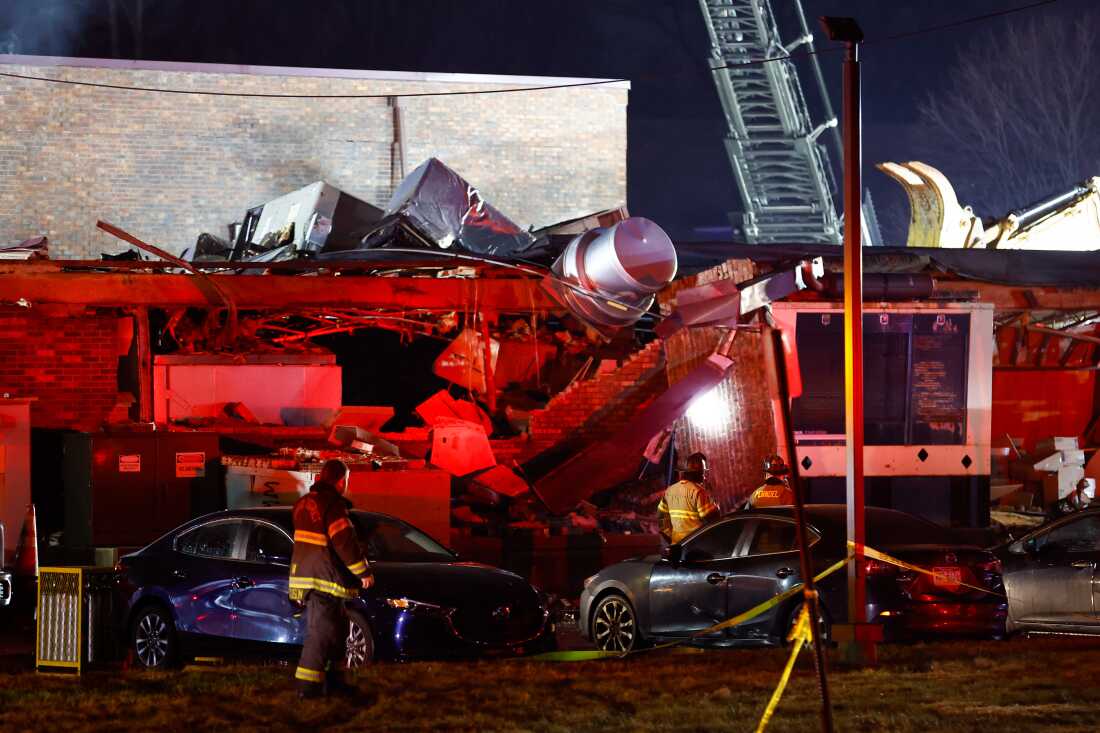Fethullah Gülen, who died in a US hospital on Sunday, was an Islamic preacher who was central to helping Recep Tayyip Erdoğan build and cement his power over Turkey but ended up becoming his most hated foe.
The 83-year-old cleric, who spent the past 25 years holed up in a Pennsylvania mountain retreat, built a network of millions of supporters and sympathisers that, at its peak, had enormous influence within the state.
The movement wielded its power to help Erdoğan in his battle against Turkey’s old secular establishment, targeting military officers, opposition politicians and journalists who were opposed to the Turkish leader’s popular but contentious Justice and Development party (AKP).
The support would help Erdoğan to become the most powerful and longest-serving Turkish leader since the country’s founder Mustafa Kemal Atatürk. But the relationship eventually imploded in a power struggle that culminated with a violent attempted coup that left about 300 dead. Erdoğan blamed it on Gülen, branding him a “terrorist” and comparing his movement with a “virus”.
Born in an impoverished village in eastern Turkey, Gülen began preaching as a teenager and quickly climbed the rungs of the religious bureaucracy, serving as imam at state-run mosques in the west of the country. By his early 30s, his teachings had gained traction with devotees who called him hocaefendi, or honourable teacher. In the decades that followed, the fervent loyalty of his followers, the movement’s recruitment practices and its emphasis on secrecy would prompt critics to compare it with a cult.
Gülen addressed the unease felt by migrants from the conservative countryside who moved en masse to Turkish cities in the 1970s, offering them a reliable network for jobs and housing and preaching the importance of education.
His schools used networks of followers to recruit bright children and eventually help them secure jobs, often in influential parts of society and the state. Many in Turkey are now convinced that this strategy had an ulterior motive and was part of an attempt to seize power. A notorious video emerged in 1999 in which Gülen appeared to urge supporters to “move within the arteries of the system” and “reach all the power centres”. He insisted that the footage was doctored.
Gülen also built an expansive financial empire, as members were expected to pay about 10 per cent of their income in tithes. Supporters included prominent businessmen and even footballers, such as Hakan Şükür, a former Galatasaray striker and Turkey’s most prolific goal scorer.
In the 1990s, Gülen began advocating for interfaith dialogue. That approach helped to attract friends in the west as the US and its allies searched for “moderate Muslims” they could work with following 9/11. But the core of the movement remained deeply conservative and Turkey’s secularist establishment eyed Gülen with distrust.
Gülen, who never married, moved to the US for medical treatment while he was under investigation for allegedly conspiring to infiltrate the civil and security services with his members. Although a conviction in 2000 was overturned years later, he stayed in the US after gaining a green card with the help of endorsements from former CIA officials and a former US ambassador.
Erdoğan made an emotional plea for Gülen to return in 2011, saying: “We want to see those who are far away and long for this homeland back here with us.” But he lived out the remainder of his life in a compound in the Poconos mountains of eastern Pennsylvania.
In the years after Erdoğan’s AKP won its first national elections in 2002, Gülenist manpower in the police and judiciary was integral to two huge investigations that put hundreds of military officers behind bars. Much of the evidence used to accuse them of plotting to overthrow the government was later shown to have been fabricated. But the trials helped to clip the wings of a coup-prone military that was staunchly opposed to the Islamist-rooted AKP.
Gülen was also widely seen as having helped Erdoğan to clinch victory in a 2010 referendum that was a key step in gaining near-total control of the Turkish judiciary. The Turkish leader thanked “our brothers who helped us from the across the ocean” for their help.
Behind the scenes, however, tensions were growing. In 2013, Erdoğan shut hundreds of Gülen schools and accused the movement of operating a “parallel state”.
The Gülenists fired back, releasing voice recordings that purported to show Erdoğan and members of his family and inner circle discussing their profits from illicit trade with Iran. A criminal case against a Turkish state bank allegedly involved in the sanction-busting scheme continues to drag on in the New York federal courts.
The struggle between Erdoğan and the Gülenists reached a dramatic denouement on July 15 2016, when tanks rolled on to the streets and rogue fighter pilots dropped bombs on the Turkish parliament and presidential complex in a bloody attempted coup.
A visibly shaken Erdoğan used FaceTime to appear on CNN Türk and appeal to his supporters to take to the streets to stop the insurrection. The plot failed after a night of violence.
The Turkish president, who described the putsch as “a gift from God”, compared the Gülen movement with a “cancer” that had metastasised throughout the body of the country and had to be “cleansed”.
Erdoğan ordered a vast purge, arresting or firing tens of thousands of military officers, civil servants, teachers and judges, that helped radically to reshape the state. The episode poisoned the already strained relationship between Turkey, a Nato member, and the US as Ankara accused Washington of refusing to extradite Gülen. He always denied ordering a coup.
The cleric and his movement, which now faces an uncertain future, were hated by most in Turkey’s secular classes as well as Erdoğan’s more conservative supporters. Few raised objections to the firing or jailing of reams of Gülen’s followers, often on very flimsy evidence, after the failed coup. Most have accepted the president’s claim that the group was responsible for the putsch.
Yet confusion remains about what happened that night. Neither the chief of the armed forces, who was taken captive on an air base during the coup attempt, nor the head of intelligence were ever allowed to testify before a parliamentary inquiry. No details on the plotters’ plan for the day after the putsch were ever made public.
Gareth Jenkins, an Istanbul-based British journalist who is a leading authority on the movement and one of its staunchest critics, has no doubt that some Gülenist officers were involved in the coup attempt.
But he remains unconvinced by the claim that the plot was planned and co-ordinated by their movement. “At that time, I was very sceptical about this narrative and I’ve grown more and more sceptical ever since,” he said. “I’ve literally lain awake at night trying to understand it. Nothing really makes sense.”











































